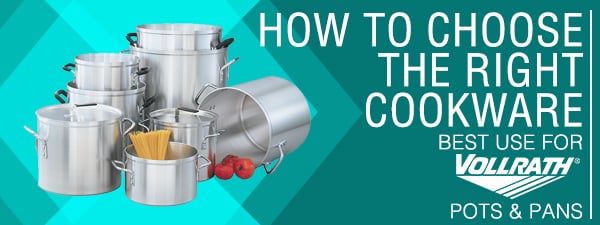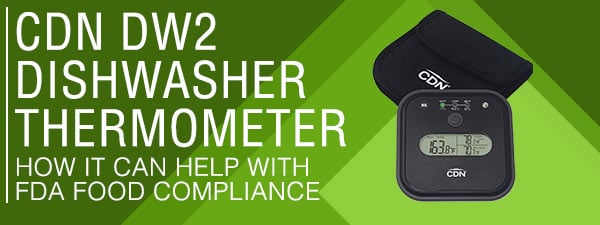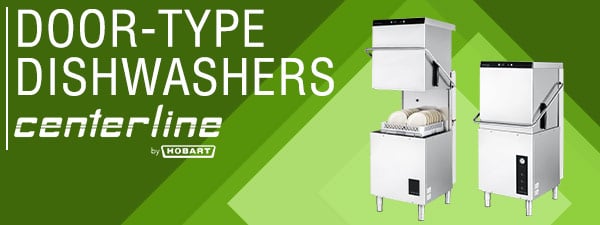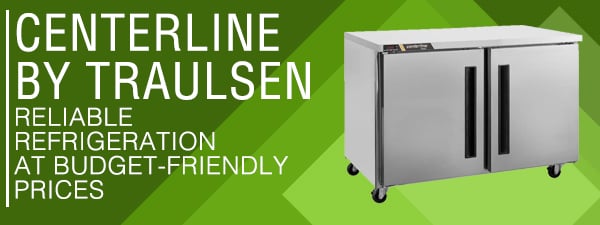Extend the Life of your Commercial Refrigerator with Condenser Cleaning
- Aug 22, 2016
- 0 Comments
The first refrigeration systems simply used ice to keep their contents at the proper temperature. Nowadays, an elaborate system involving a condenser, compressor, evaporator, and other parts is used to keep your food cool. While this new system usually involves less effort on our part, certain preventative maintenance is required to ensure your commercial refrigerator is as efficient as possible for as long as possible.
One part of this maintenance involves cleaning your condenser coils at least twice a year to remove hair and dust buildup. The condenser is designed to collect and release heat from inside the fridge; when dust and other debris build up on its surface, it is unable to release heat as efficiently, which can cause problems for your refrigerator. Thankfully, cleaning these coils is a fairly simple process:
First, be sure to unplug the fridge to eliminate your shock risk.
Remove the covering/grate to gain access to your coils. Depending on the model of your fridge, your coils can be located on the top, bottom, front, or back of the fridge.
Using a combination of a vacuum and a coil brush, remove most of the dust and dry debris. You simply run the brush gently along and between the coils to remove the dust, then vacuum up any excess debris. Be careful not to dent or damage the coils or the fan. If the coils are damaged, the refrigerant may begin leaking out, which will be expensive to fix.
To remove leftover residue, such as grease and oil, spray on the coil cleaner. For best results, follow the directions on the can. After about 5 minutes, rinse the coil cleaner off the condenser, even if the cleaner is designed to be self-rinsing.
Once all the previous steps have been completed, you can replace the grate over the condenser and plug the cooling unit back in.
Choosing the right commercial refrigerator condenser placement can be just as important as regular cleaning
Both top and bottom mount placements are available, and both come with their own advantages and disadvantages.

Top Mount
Top mount condenser are more resistant to clogging, as they are located away from the ground where most dust collects. You will also get more storage with a top mount fridge, as the compressor and evaporator are also top-mounted, so no additional equipment is needed to link them.

However, because heat rises, more stress is placed on it because it is in a hotter environment. They are also harder to reach to clean.
Bottom Mount
Bottom mount condensers are easier to clean, take less energy to work as they are in a cooler area of the kitchen, and the bottom shelves are higher in these units so you don’t have to stoop.
However, because it is on the floor, dust and other debris can easily find their way inside the grate. These fridges also have a little less storage space, as room is needed for the parts used to connect the condenser to the compressor and evaporator at the top of the fridge.


















